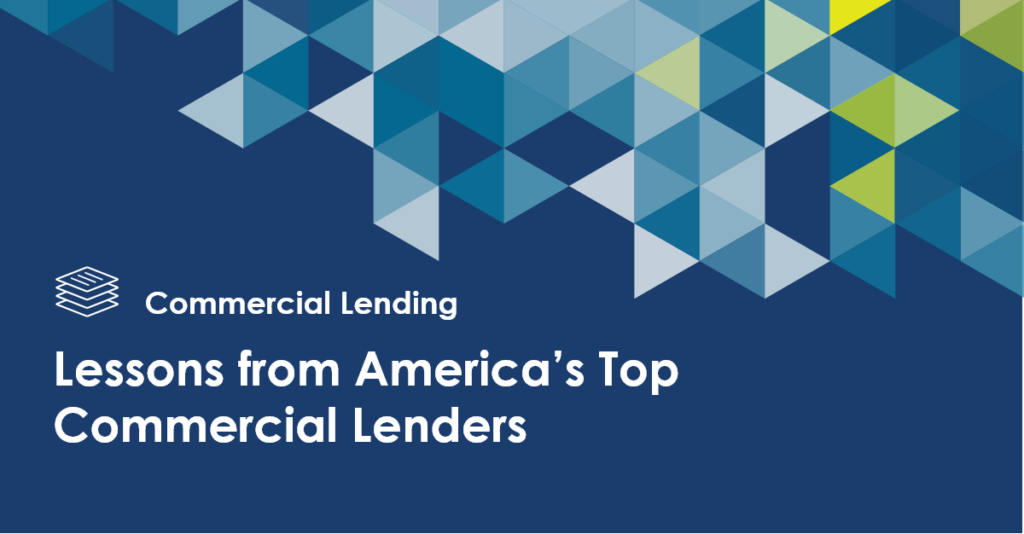FDA, SBA, USDA, state and local government. What do all of these have in common? Well if your institution is interested in lending to hemp related businesses, then you need to comply will all the regulations and requirements outlined by each agency, state, or local government. As if lending in general could not get any more complicated, the USDA added the Agricultural improvement Act of 2018. This re-opened the ability and opportunity for farmers and businesses to research, market, and produce items derived from hemp after it was removed from the Schedule I of controlled substances.
Historically Speaking
The cultivation of hemp and use was recorded as early as 2800 BCE in China which then circulated through Europe during the middle ages and subsequently into North America. Hemp can be cultivated and harvested many ways for a variety of uses. From fabric, to recyclable and biodegradable bioplastics, edible seeds as a source of nutrition and more. In fact, canvas (yes, the material used to make sails and tents) is said to be derived from the word Cannabis which is Latin for hemp which is what canvas was originally made from. Our ancestors knew this was a sustainable source of fiber that has many purposes including healing ailments. Prior to its classification of a Schedule 1 controlled substance, it was one of the most highly produced crops worldwide. With its short growing cycle and the ability to harvest the entire plant for different uses, it was even marketed as part of war efforts in America.
Regulatory Changes for Hemp Production & Hemp Lending
With the passing of USDA 2018 farm act, it provided many guidelines for the ability for industrial hemp production, allowing for hemp farming and hemp products. This opened up not only the ability for researchers and teachings of the findings but the ability to expand hemp related business commerce in the United States. Of course, we still have the individual state and county regulations to follow as well as USDA’s fairly strict guidelines. As with standard lending, borrowers and financial institutions must have processes that outline the life cycle of loan and businesses plan they will use to monitor and adhere to these requirements. There are additional requirements such as testing (both crops and products) as well as disposal involved with hemp. Not to mention the annual inspections (at a minimum), random sampling as well as the submission of the results to USDA within 30 days.
In October, the SBA released an updated origination SOP, SOP 50 10 6 which allows for lending with the SBA programs to a hemp related business. This change references the Agricultural Improvement act as listed above including the threshold of no more than .3 percent of THC during testing procedures. Per normal lending process the financial institution would validate that the business is registered with the state and county. All of this would be documented in the Credit Memo during the origination process.
How to Bank Industrial Hemp Business
As with any loan product an institution offers or is considering offering, lenders will want to take some steps to ensure the appropriate risk controls are in place for their team members and loan origination solution. You’ll want to start with documented procedures, make sure you have standard verbiage covenants for these types of loans that adhere to the hierarchy of regulatory guidance, have practices in place to monitor these loans and the continued changes that will come about as regulation changes. Don’t forget, should testing come back above the requirements, you’ll need to ensure you have a process to monitor the requirements to destroy the crops.
While this may seem like another possibly complicated lending program, if you follow the government agency that has the heaviest regulations, you’ll be able to gain benefits from leveraging of the deregulation of hemp. Additionally, the larger ability to utilize a guaranty by SBA or USDA can help institutions open additional opportunities which have been resulting in greater community investments and a sustainable resource for a better future.
Just in case you need a little light reading on the subjects of banking hemp related businesses, hemp lending and hemp production here are a few links to get you started.
FDA Regulation of Cannabis and Cannabis-Derived Products, Including Cannabidiol (CBD)






